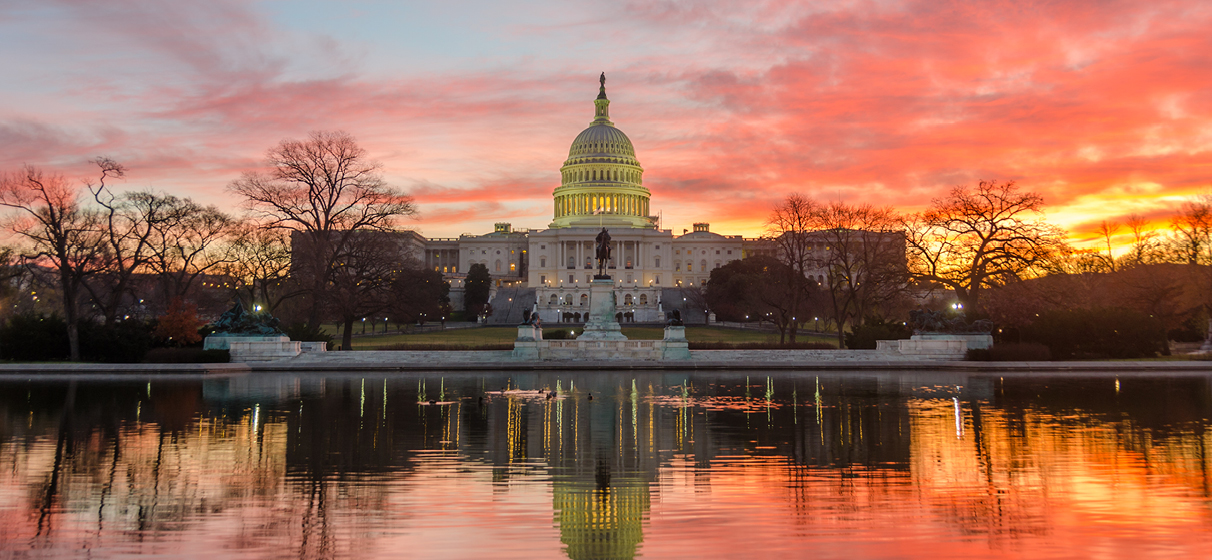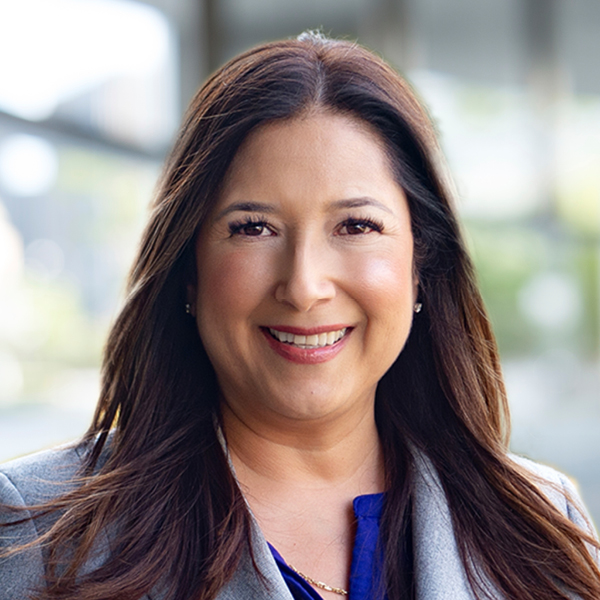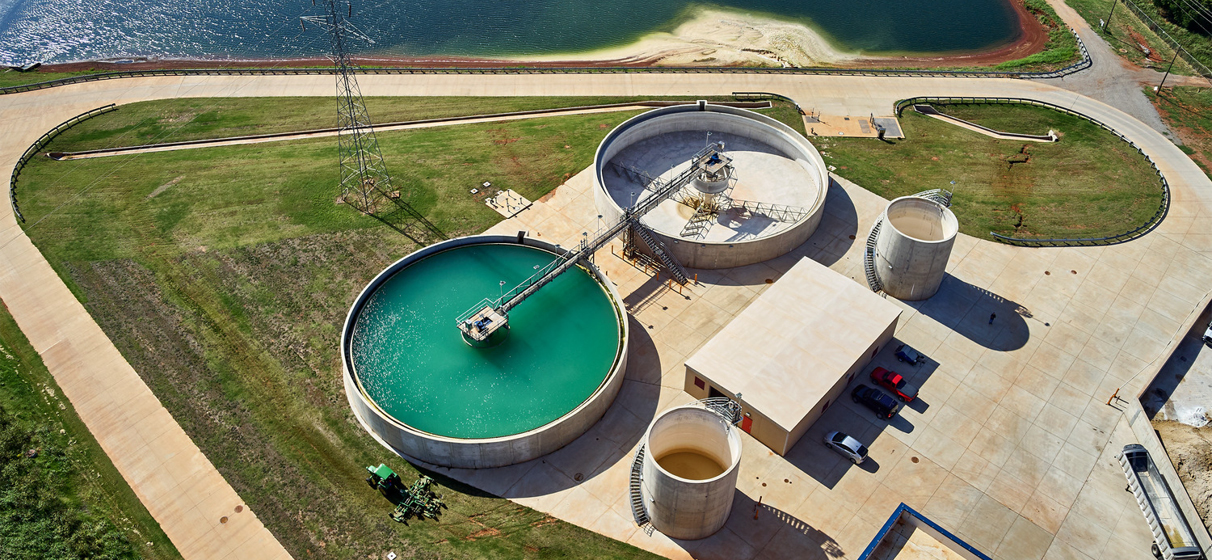The National Water Policy Fly-In is an annual event in Washington, D.C., that brings together water professionals, utility leaders and policy advocates from across the country to engage directly with members of Congress and their staff. Hosted in partnership by the American Water Works Association (AWWA), the Water Environment Federation (WEF) and the National Association of Clean Water Agencies (NACWA), the event provides an opportunity to raise awareness of pressing water infrastructure challenges and influence key legislation impacting water systems nationwide.
This year’s Fly-In brought together hundreds of attendees, including representatives from water systems of all sizes, to deliver a unified message on federal support for safe, sustainable, and resilient water infrastructure.
STV Senior Vice President Marisa Vergara also attended this year’s fly-in. In this National Drinking Water Week interview, Vergara discusses her recent experience on Capitol Hill.
1. What was your biggest takeaway from participating in the Policy Fly-In?
It was inspiring to see so many people take the time to come and advocate for water. There was a real sense of collaboration, not only among AWWA members , but also WEF and NACWA. We divided into groups by geography, and it was amazing to see professionals from all three organizations come together to meet with members of Congress. On a personal level, I felt very patriotic and proud to be a part of our nation’s process, having access to our representatives and helping them navigate important decisions.
2. What kinds of meetings did you participate in while in D.C.?
I was fortunate to attend with Dan Crowley from the San Antonio Water System, who leads its federal legislative affairs. Over two days, we met with four congressional offices and one U.S. Senate office. Our meetings with legislative staff and advisors was eye-opening – many of them weren’t deeply familiar with water issues, so it became a really valuable opportunity to educate them and discuss how water policy directly impacts our communities. In particular, we advocated for continued, targeted federal funding to support water infrastructure projects, a nuanced approach for developing cybersecurity requirements for water systems and better legal protections for PFAs contaminant (per- and polyfluoroalkyl substances) issues at the state and municipal level.
3. What was the response from congressional staffers on key water issues?
They were very receptive and appreciative of the information we shared. They were familiar with PFAS, and they showed a lot of interest in funding mechanisms. It was clear that our input helped them better understand the nuances of water infrastructure challenges. Some of them even worked with Congress on the Homeland Security Affairs Committee, so they were especially attentive to the topic of cybersecurity.
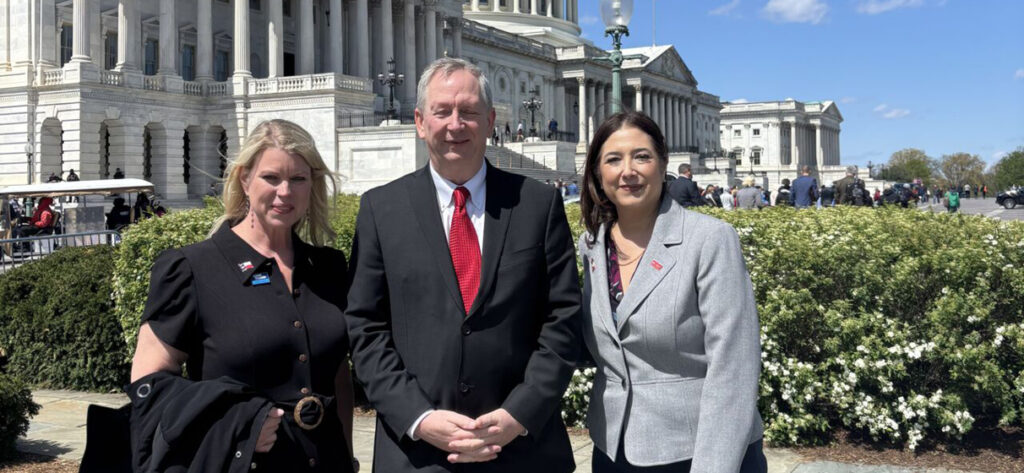
4. What did you advocate for around cybersecurity in water infrastructure?
We wanted to ensure that water providers and experts have a seat at the table when cybersecurity regulations are being developed. While many water systems around the country are already building cyber resilience through voluntary measures, there is a desire to create a broader framework for managing intensifying threats from both domestic and foreign actors within our water infrastructure.
A one-size-fits-all approach won’t work. Water systems range from very small, rural systems with limited resources to massive, complex urban operations. National cybersecurity requirements need to reflect that diversity and be tailored specifically to water systems.
5. What were some of the follow-up issues discussed, particularly around PFAS?
We were advocating for several House bills. One of the key ones relates to PFAS regulations and ensuring that cities and municipalities are protected from undue lawsuits from PFAs contaminants – especially in relation to biosolids handling.
Right now, the Environmental Protection Agency (EPA) is protected under the Comprehensive Environmental Response, Compensation and Liability Act (CERCLA), and the goal is to extend those protections to local governments. This would see to it that PFAS manufacturers and polluters would be required to pay to clean up environmental PFAS contamination, not local drinking water and wastewater systems. If cities and municipalities had to cover these expenses, the cost of litigation and PFAs remediation would ultimately be passed back on to the local ratepayers, exacerbating affordability challenges to provide clean, safe water. The staffers we spoke with seemed to understand the logic behind that and were supportive.
6. What funding issues were most important to Texas?
A major focus was on maintaining consistent funding for programs like the State Revolving Fund (SRF) and the Water Infrastructure Finance and Innovation Act (WIFIA). Nationally, the EPA has estimated that water providers will need to invest nearly $1.3 trillion over the next 20 years to repair, replace and expand existing infrastructure, and not all communities can take on the cost of these major upgrades and modernization needs. Federal programs like the SRFs and WIFIA are key to helping relieve pressure on local ratepayers by enabling water systems access low-cost loans and extended repayment periods.
We also advocated for keeping earmarks separate from SRF funding so that states like Texas aren’t disadvantaged if funds are redirected and that communities can address their infrastructure needs equitably. This was a big push to ensure that water infrastructure funding remains a national priority, especially during budget cuts discussions.
7. Why is this funding so critical for Texas specifically?
Texas is facing major water challenges tied to rapid population growth, drought conditions and aging infrastructure. It’s a big legislative year for the state – we’re expecting a significant bill to water projects over the next many years, potentially in the billions. Federal support needs to align with those efforts. This is about more than just growth – it’s also about rehabilitating existing systems that are decades old.
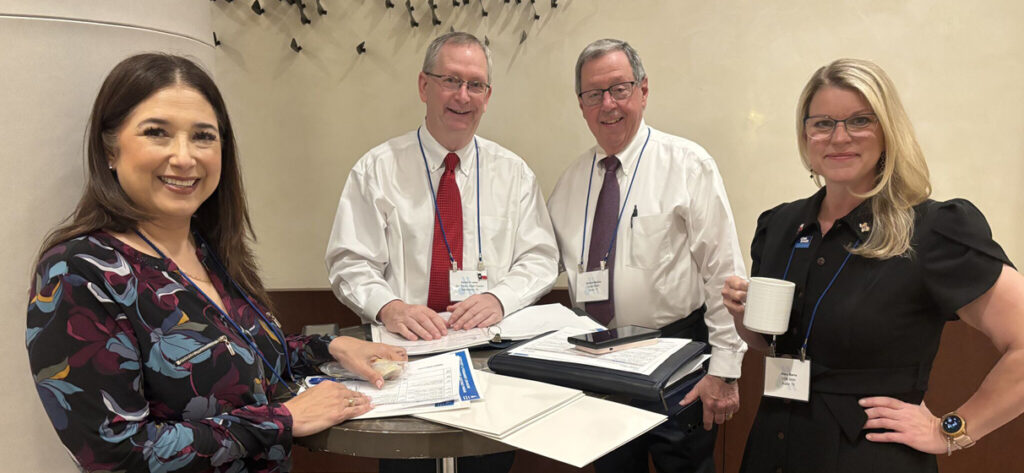
8. How does STV help address those needs for clients in Texas?
Our team has been providing water design and planning services for over 40 years in the state of Texas. We do everything from large water supply systems to small rehabilitation projects and master planning for future water infrastructure needs – with our One Water approach, we handle the full cycle. Beyond design, we also offer funding consulting. We help our clients plan, apply for funding, manage the grants, and make sure they stay in compliance. A lot of cities don’t have the internal staff for that level of effort, so we support them with staff augmentation, program management, and grant management.
9. What is the role of consultants like STV in this kind of advocacy?
What I realized is that as professionals and experts in our field, our legislators rely on us to help them make informed decisions. This isn’t just about our projects – it’s about our civic responsibility to help guide good policy. Many utilities and municipalities don’t have a legislative team, so when we show up, we’re representing them too. It was also a great chance to stand alongside our clients, supporting their missions and helping amplify their voice.
10. Anything else you’d like to share?
Just that this was a great opportunity to collaborate, advocate and celebrate the success of our profession. The event ended with a big reception at the D.C. Water headquarters with all three organizations. It was a time to reflect on what we accomplished together and the importance of continuing this work. I left feeling proud to be part of this community.
